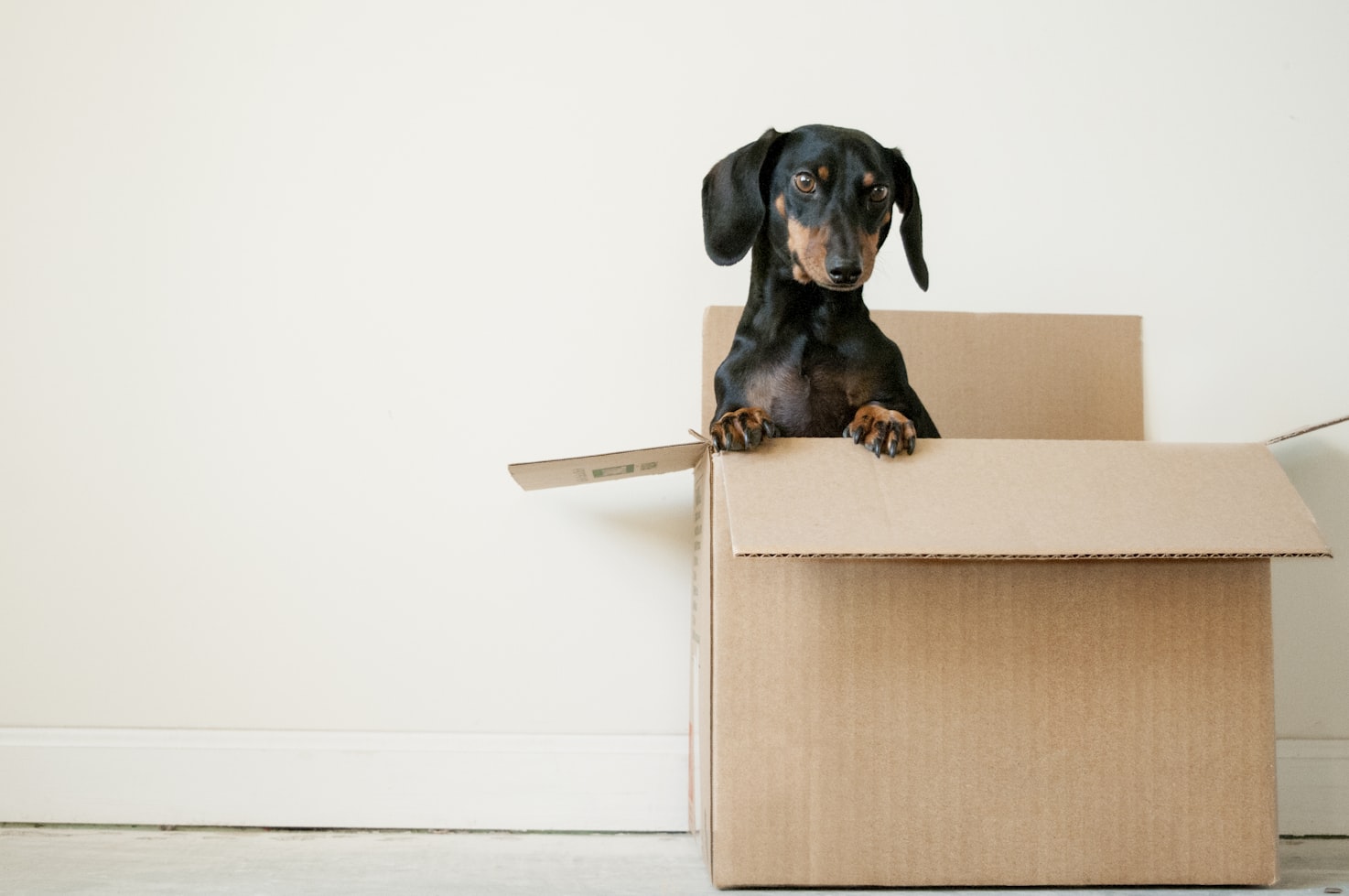Moving to a new home is a significant life event filled with excitement and anticipation. However, for pet owners, the process involves additional challenges, as our furry companions can experience stress and anxiety during this transition. Pets, much like humans, can feel the upheaval and chaos that moving brings, yet they lack the understanding of what’s happening around them. It makes it crucial for pet owners to take extra steps to ensure the move is as smooth and stress-free as possible for their animal friends.
This article aims to provide valuable insights and practical tips. From preparing your pet for the big day to settling them into their new environment, we’ll explore six key strategies to make the transition easier for your pets.
Table of Contents
1. Preparing Your Pet for the Move
The first step in a pet-friendly move is to prepare your animal companion well in advance. This preparation involves familiarizing them with the transport crate or carrier to minimize anxiety on moving days. Begin by placing the carrier in a common area of your home, encouraging your pet to explore it with the door open. Gradually increase the time they spend inside with the door closed, and try taking short drives to simulate the moving experience.
Such preparation can make a significant difference. For instance, placing familiar blankets or toys inside the carrier can provide comfort and a sense of security. This acclimation process is crucial for reducing stress and ensuring that your pet associates the carrier with positive experiences, making the actual move smoother for both of you.
2. Safe and Secure Transport
Ensuring the safe and secure transport of your pets on moving day is one of the most important tips for a successful move with pets. Whether you’re traveling by car or air, it’s crucial to have a plan that prioritizes your pet’s comfort and safety. For car journeys, secure the carrier in a way that prevents it from shifting, and make sure there is adequate ventilation. If the trip is long, plan for regular stops where your pet can stretch, hydrate, and relieve themselves. For air travel, consult with the airline about their pet policies well in advance to prepare any required documentation and understand the travel conditions for your pet.
In addition to physical safety, consider your pet’s emotional well-being during transport. Keep a familiar item, like a favorite toy or blanket, with the pet to offer comfort. Maintaining a calm demeanor can also help reassure your pet, as animals are adept at picking up on their owner’s emotions. By taking these steps, you ensure the journey to your new home is as stress-free as possible for your pet.
3. Visit the Vet
A visit to the veterinarian is an essential part of moving preparations for any pet owner. This appointment is not only to ensure your pet is healthy and up-to-date on vaccinations but also to obtain necessary health records and discuss any concerns about traveling, especially if your pet is prone to anxiety or motion sickness. Your vet can offer tailored advice on moving with pets, including whether sedation might be appropriate for your pet during travel.
Additionally, this visit is an opportunity to discuss updating microchip information and obtaining any prescriptions your pet may need during the transition. Ensuring you have enough medication on hand, including any anti-anxiety or motion sickness remedies recommended by your vet, is crucial for a smooth move.
4. Keep a Familiar Routine
Amidst the boxes and packing tape, maintaining a sense of normalcy for your pet is vital. Pets thrive on routine, and sudden changes can exacerbate their stress levels. Strive to keep their feeding, walking, and playtimes as consistent as possible during the lead-up to moving day. This consistency helps reassure your pet that despite the surrounding changes, their world remains secure.
As moving day approaches, continue to provide your pet with attention and affection. A calm and reassuring presence can significantly impact their well-being. After the move, re-establishing these routines as quickly as possible in your new home will help your pet adjust and feel comfortable more swiftly, reinforcing the security and love they associate with you.
5. Settling into the New Home
Once you arrive at your new home, give your pet time to adjust to their new surroundings at their own pace. Start by setting up a designated area with all their familiar items—beds, toys, and bowls—to make them feel at home. Gradually introduce them to other parts of the house, allowing them to explore and become comfortable with the new space. For outdoor pets, especially dogs, it’s important to supervise their first few outings in the yard until they’re familiar with the new boundaries.
It’s also a good idea to keep your pet’s routine as consistent as possible during this transition period. Consistent feeding times, walks, and play sessions can help your pet feel more secure amidst the changes. Patience and understanding are key during this time, as some pets may take longer to adjust than others.
6. Update Pet ID and Microchip Information
One of the most critical post-move tasks is updating your pet’s identification. This includes their collar tags and microchip information with your new address and contact details. This step is essential for the safety of your pet, ensuring they can be returned to you quickly if they wander off or get lost in the new neighborhood. It’s advisable to do this as soon as possible after moving in.
In addition to updating ID tags and microchips, consider registering your pet with the local animal services or a community pet recovery service. These precautions provide an additional layer of security for your pet in their new environment, giving you peace of mind as you settle into your new home.
Conclusion
Moving with pets requires thoughtful planning and consideration to ensure their safety, comfort, and well-being during the transition. By preparing your pet for the move, visiting the vet, maintaining routines, ensuring safe transport, helping them settle into the new home, and updating their identification, you can make the moving process much smoother for your furry family members. Each of these steps plays a crucial role in helping your pet adjust to their new surroundings, ensuring that the move is as stress-free as possible for everyone involved.








